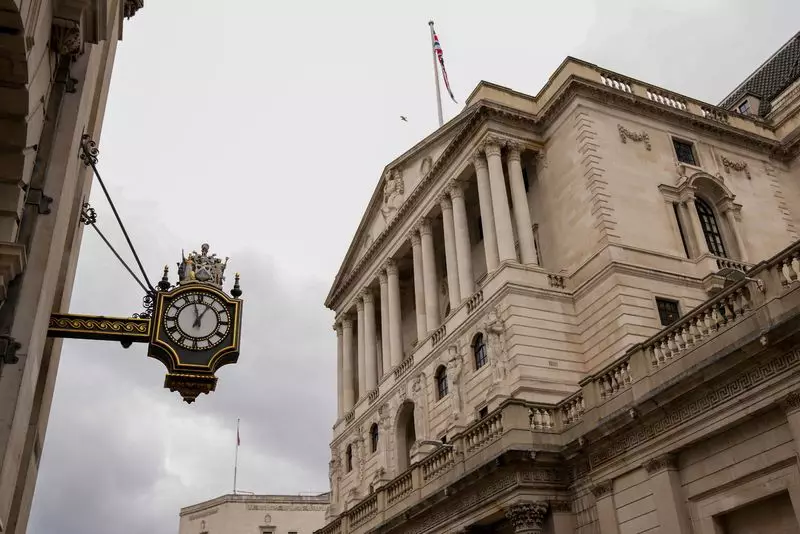As the Bank of England prepares for its first interest rate cut since 2020, the decision is shrouded in uncertainty. Key policymakers have not spoken publicly for more than two months due to election rules leading up to July 4. The looming question remains: will recent higher-than-expected service prices be enough to prevent a rate cut from the current 5.25%? Interest rate futures reflect a 50% chance of a quarter-point cut on Aug. 1, but the outcome is far from certain.
Market Expectations vs. Economic Realities
While most economists in a Reuters poll anticipate a rate cut, the possibility of the Bank of England waiting until its September meeting on the 19th cannot be ruled out. The decision next week is being described as extremely close, with analysts closely monitoring the situation. Governor Andrew Bailey emphasized the importance of ensuring that inflation remains low before making a move to cut rates.
Consumer price inflation has been at the BoE’s 2% target in recent months, down significantly from previous highs. However, the short-term outlook suggests that inflation may pick up in the coming months as energy prices stabilize. The Bank of England is closely monitoring underlying measures of inflation pressure, including wage growth, labor market conditions, and service prices.
Recent data shows a slight easing in the job market, with reduced vacancies and slightly higher unemployment rates. Wage growth has also decelerated, though it remains above the BoE’s target for inflation. Service price inflation, particularly driven by high hotel prices, has surpassed expectations. The MPC members have differing views on the significance of these factors, with some indicating a possible rate cut in August.
Future Growth Prospects
Unexpectedly strong economic growth in the first half of 2024 may influence the MPC’s decision regarding rate cuts. The Bank of England is expected to revise its growth forecast for 2024, reflecting improved economic conditions. However, experts warn that relying too heavily on rate cuts to sustain growth could be risky. Decent growth for the remainder of the year hinges on various factors, including inflation trends and monetary policy decisions.
The Bank of England faces a challenging decision regarding interest rates in the upcoming weeks. The uncertainty surrounding the economic outlook, inflation trends, and growth prospects complicates the decision-making process. Analysts and policymakers alike remain cautious as they navigate through the complex web of economic indicators. Ultimately, the course of action taken by the Bank of England will have far-reaching implications for the UK economy and beyond.

